Joel Shapiro has been constructing artworks both massive and minuscule since the 1960s. His signature rectangular shapes adorn the interior halls of galleries and the exterior expanses of public spaces in at least 20 states across America. So it's not necessarily a surprise that the artist is an honoree at this year's Americans for the Arts, receiving the organization's Outstanding Contributions to the Arts Award.
In anticipation of the gala on October 21, we spoke to Shapiro about his public art legacy, his early years as a professional artist and his admiration for the sculptors before him:
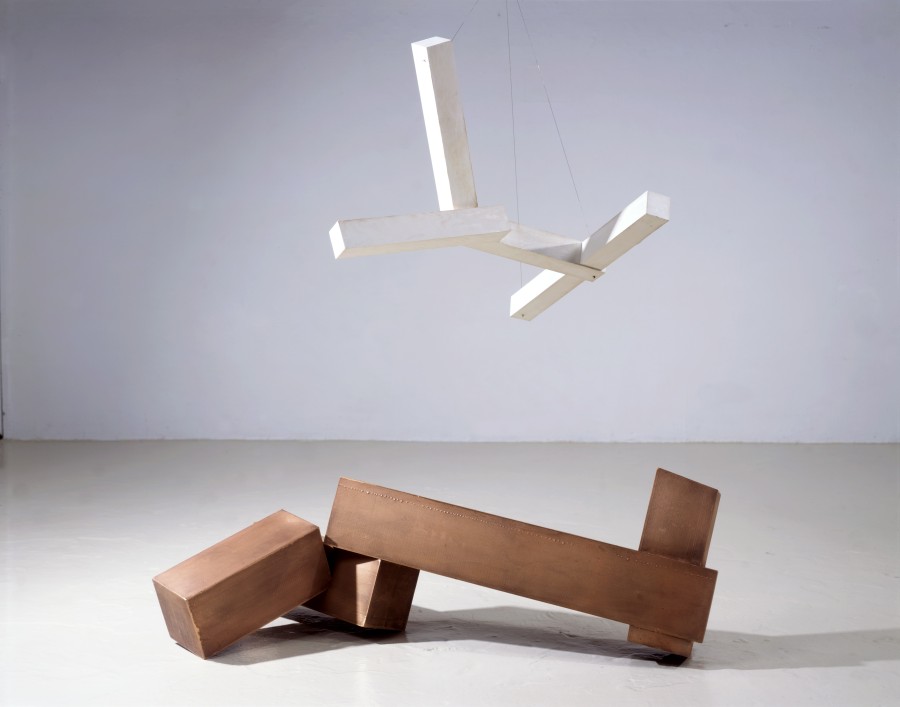
Joel Shapiro, Untitled, 2001-2002, Bronze and plaster, 52-1/2 x 48 x 30"
You've been working in the art world for over four decades. As a college student in the 1960s, what influenced your decision to become a professional artist? Did you face any pushback or external pressure to entering the field?
I think my idea of being an artist goes back to childhood. My mother was talented and expansive, and my father articulate and critical. My parents were friendly with artists –- one exiled painter taught art classes in our basement. I studied art in high school. That is what I was good at. Perhaps a truly inspiring moment was when I was in elementary school and saw a magical documentary on [Aristide] Maillol. Although ancient, he seemed so full of life, ecstatic even. That is what I wanted to be, but it took years to find my way. I think the only pushback was self-inflicted.
Before you became a full time artist, you spent a few years in India in the Peace Corp. How did this experience, if at all, inform your art making?
My two years in India were more influential than anything else in my decision to pursue my own work. I think being away from my own culture and immersed in another, and seemingly free from my own history, was a very present and liberating experience. I was able to rid myself of assumed ideas of what others thought I should be. I really decided what I could be, and that was an artist.

Installation view: 20 elements, 2004-2005 Musée d’Orsay
Your work is featured in outdoor spaces across the United States, not to mention in American museums and various locations around the globe. Countless art admirers have seen your work -- even if they aren't necessarily aware of it. As an artist, how has the ubiquity of public artworks affected the way you've chosen to create?
Working publicly, outside the studio, you adjust the context of the work but not necessarily the content. I don't think public work can afford to abandon intimacy but it is hard to do on a large scale. You address the requirement of the situation. I'm not talking about narrative so much as immersing oneself in the context and struggling within that until you find a viable solution. It is the same process of discovery just different circumstances. Artists have fleeting moments of inspiration which are very exciting. The realization of a meaningful thought or form can be a truly ecstatic experience. It does not last long. It does happen regardless of context.
Is there one installation in the U.S. that holds a special place in your heart -- be it for its location, timing, aesthetic?
I'm partial to the work at the [United States Holocaust Memorial Museum]. It was an extremely challenging if not impossible task to make a form that could at least in some manner communicate the profound tragedy and psychotic brutality of that time. The opportunity to try to project all one's thoughts into a condensed form is irresistible –- that is what sculpture is. Life is altered but it continues –- that is something that we must recognize. I took my grandchildren to the museum last year and found the work so moving and so well cared for and integral to the entire museum.
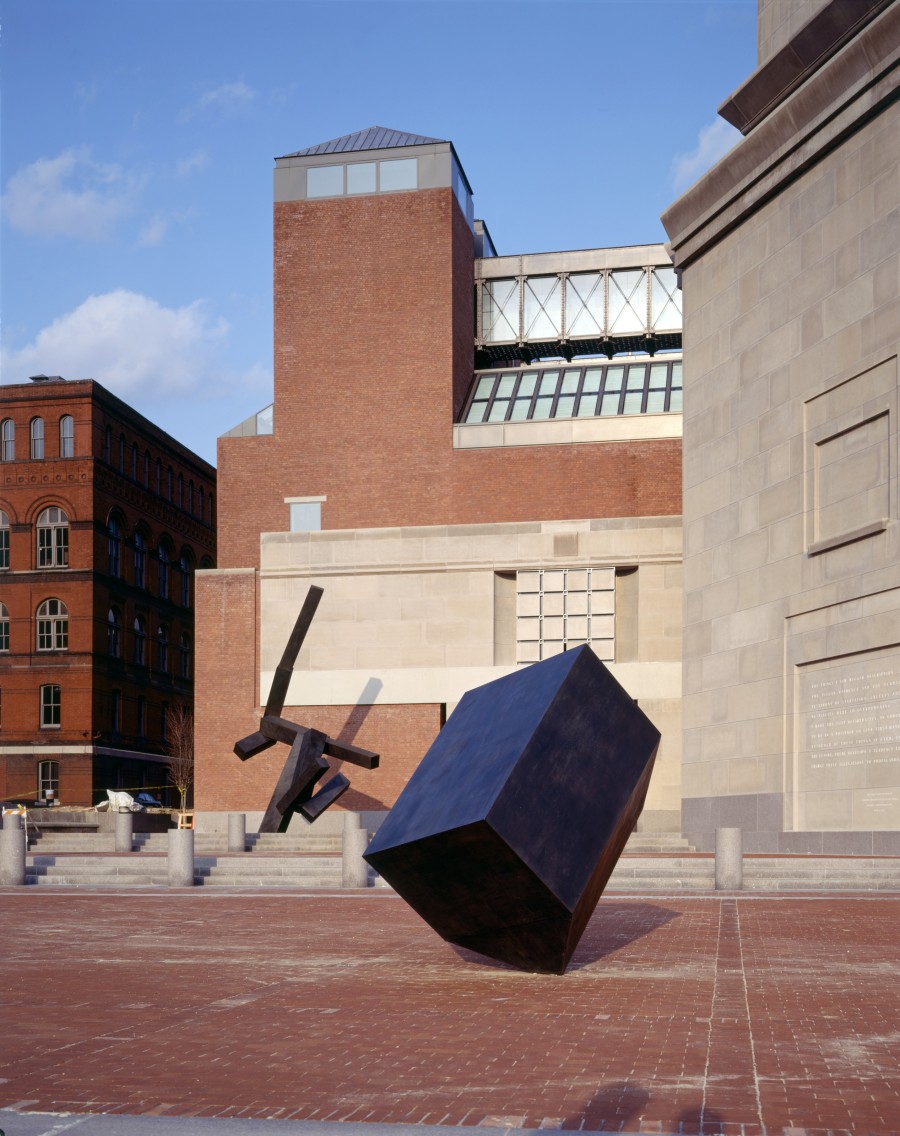
Installation view: Loss and Regeneration, 1993 The United States Holocaust Memorial Museum
The New York Times called you your "generation's answer to Henry Moore." Do you agree with the comparison? Perhaps that's an easy parallel to draw -- are there any artists viewers might be surprised to know inspired you?
I'm not sure about that. The danger of public work is that it obscures everything else one has done. I think Henry Moore is a great sculptor and has a wonderful command of scale. I am flattered by the comparison. I am interested in what makes work endure. What qualities, what aspect of our condition, does great work touch –- evoke. The entire body of work, the pursuit, of an artist is the most interesting. As I mature I still think there is room for growth. I see greater continuity between sculptors. There is much to learn. Giacometti -- a profound body of intimate work. Calder –- so exuberant and free. David Smith –- massive struggle and invention. Richard Serra –- factualness. Houdin's haunting surface. Bernini –- boldness and authority. Rude, Rodin. Saint Gaudens... the Shaw Memorial is profound.
There is so much out there. It seems to be a necessary expression of our humanity. We need to look more carefully.
Last question -- If you could give young artists one piece advice on achieving longevity in the art world, what would it be?
Keep working.
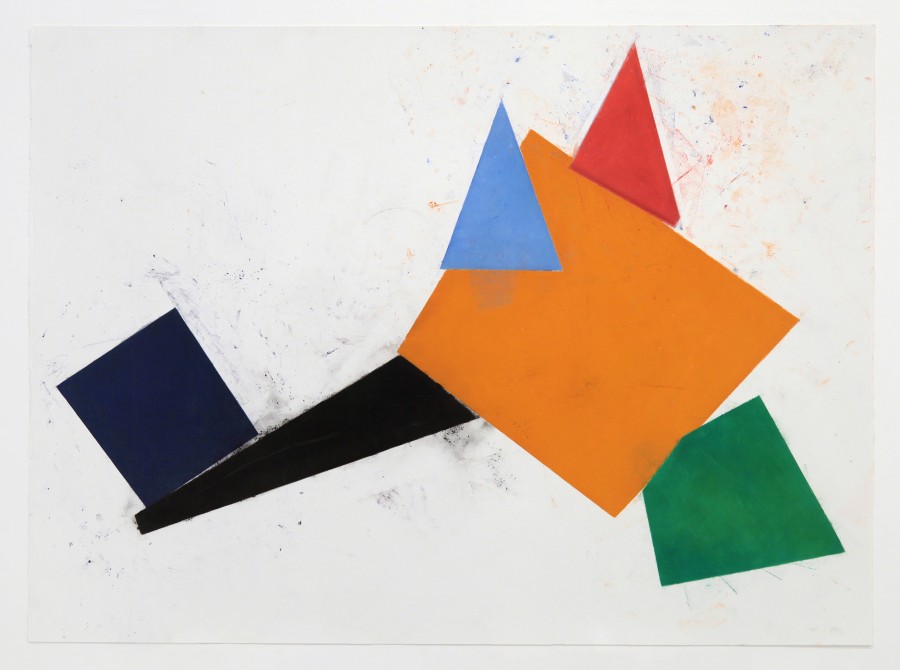
Untitled, 2010, Pastel, 34 x 46 1/2” (86.5 x 118 cm)

Installation view: Museum Ludwig, 2011
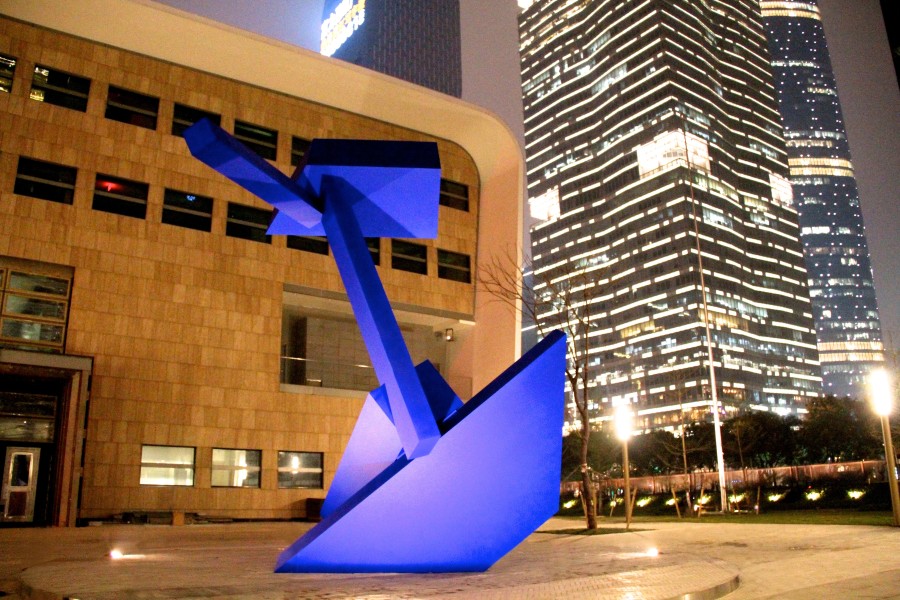
Installation view: Now, 2013 American Embassy, Guangzhou China
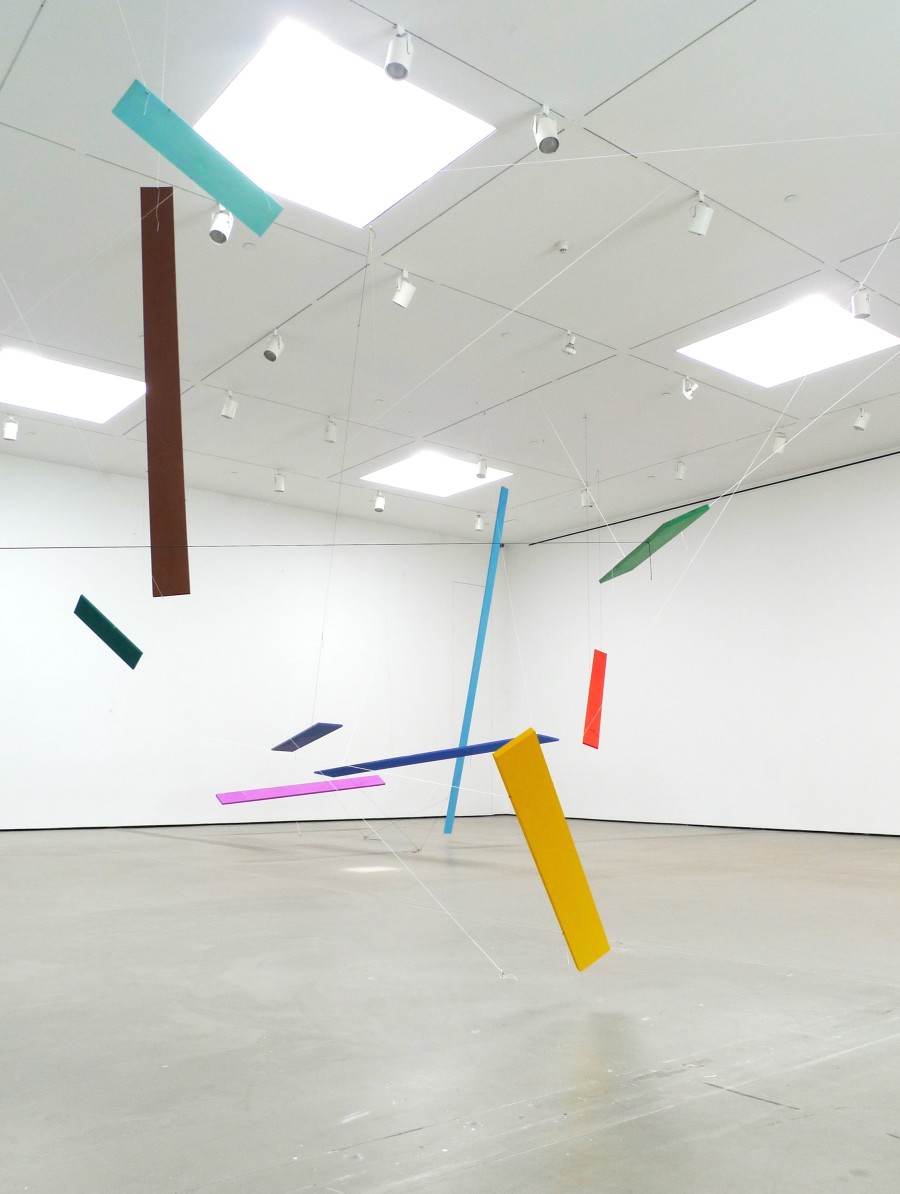
Installation view: Pace Gallery, 2010
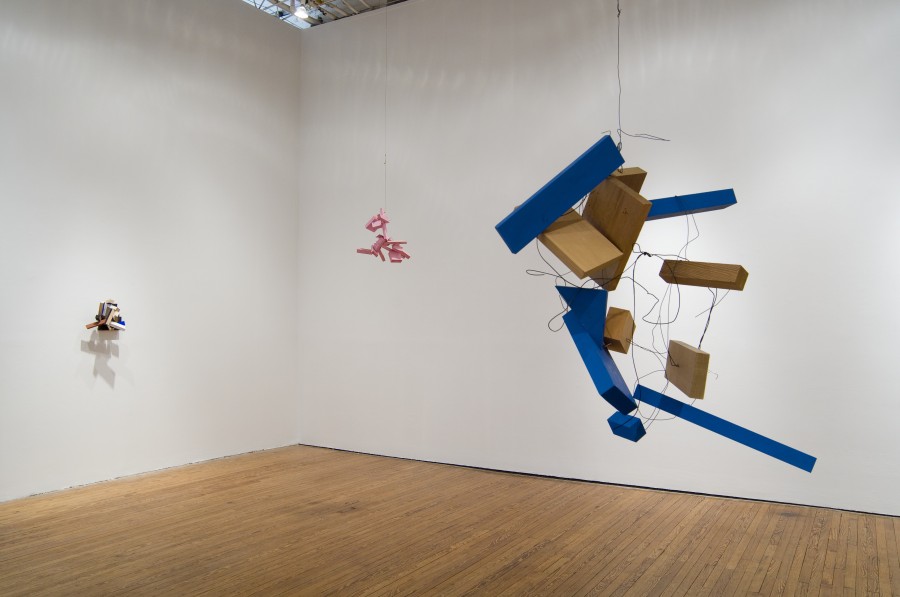
Installation view: Texas Gallery, 2008
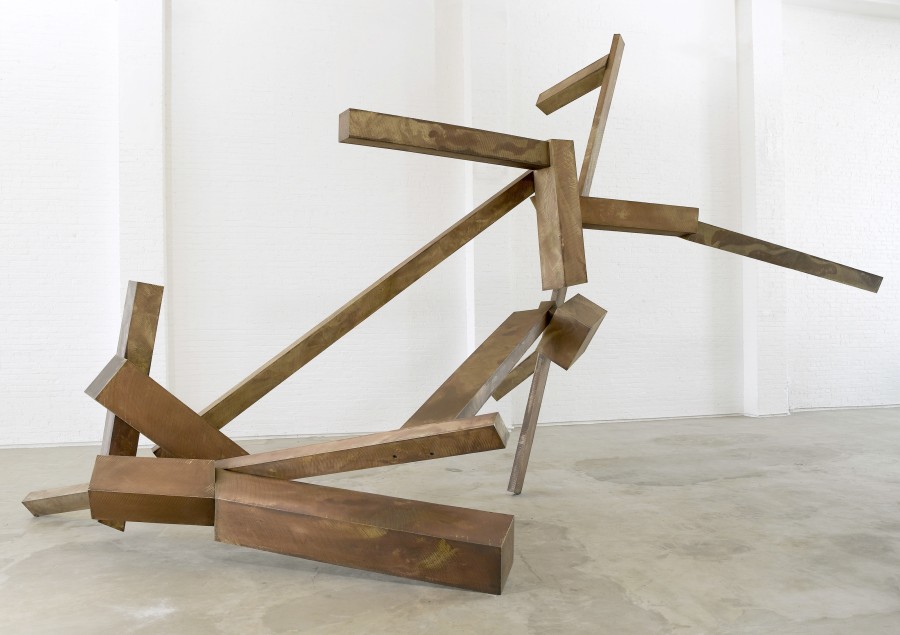 

Untitled, 2002 - 2007 bronze, 13' 4" x 27' 9 1/2" x 12' 11"
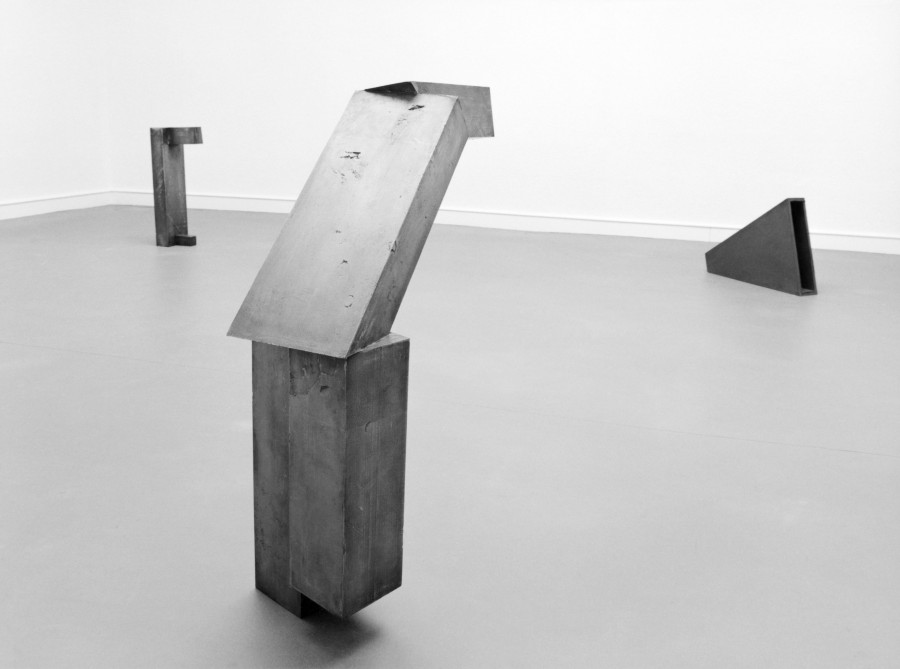
Installation view: Baden Baden, 1986
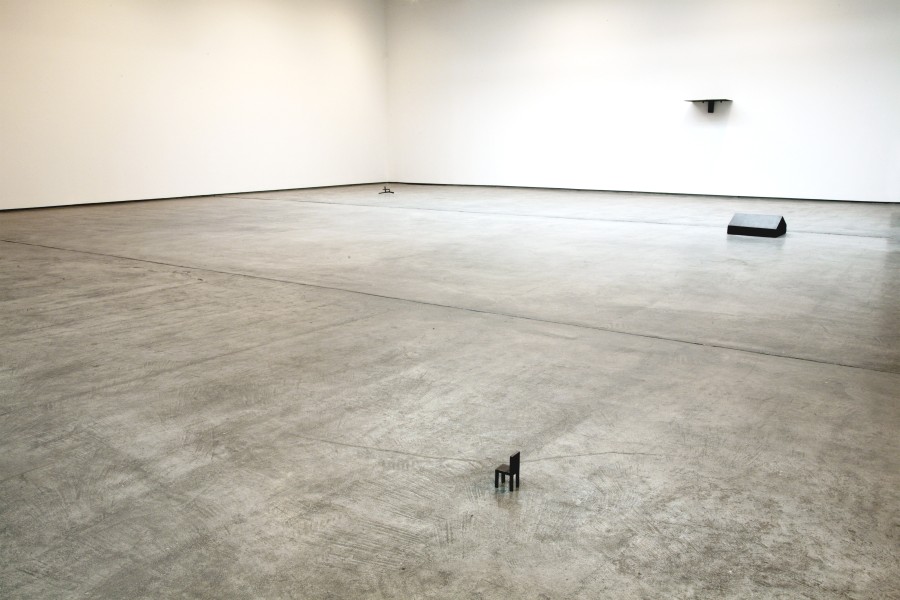
Installation view: Joel Shapiro: Works 1969-1979 Paula Cooper Gallery, 2010.